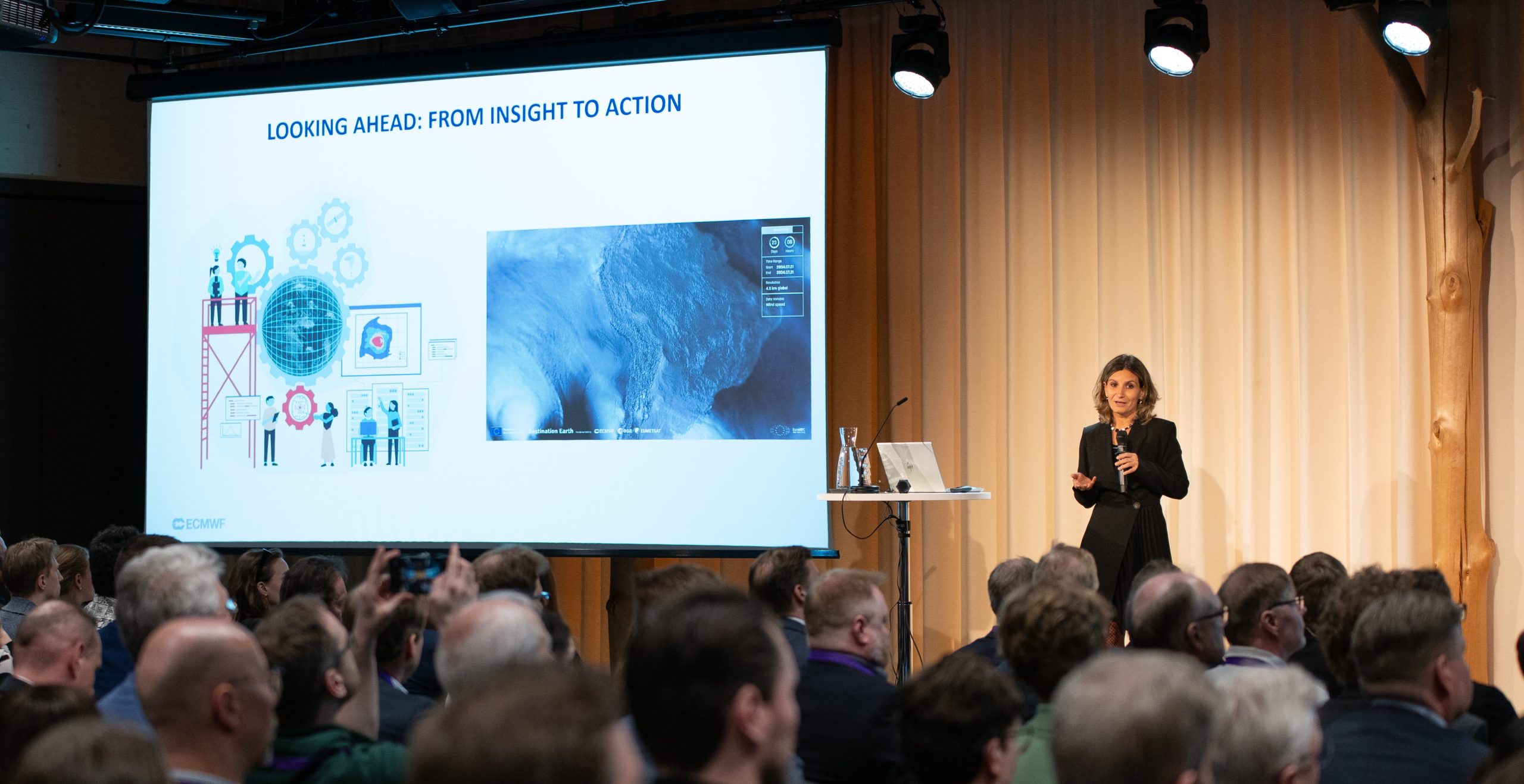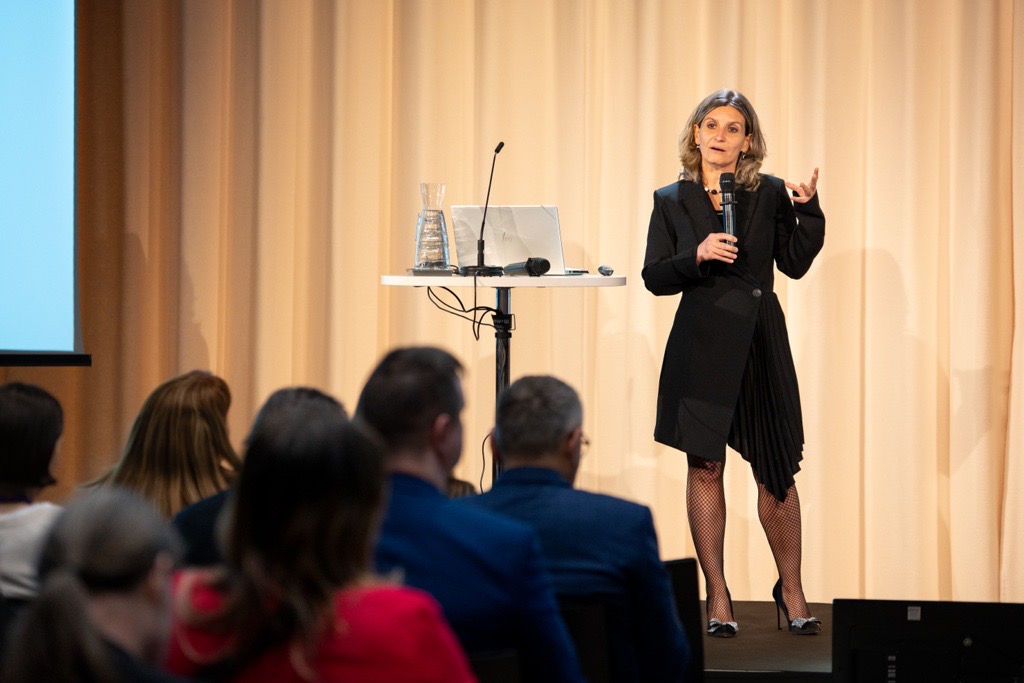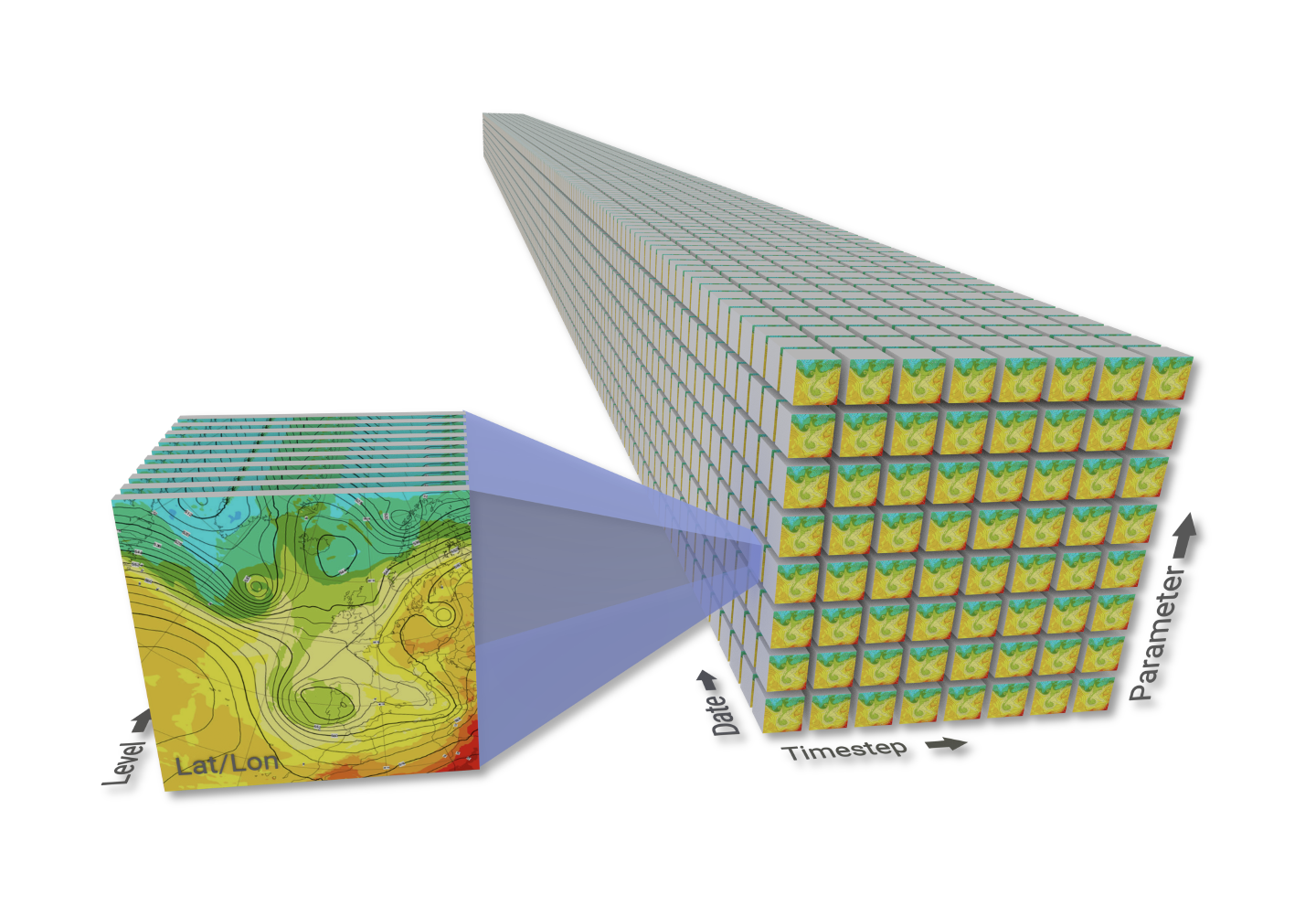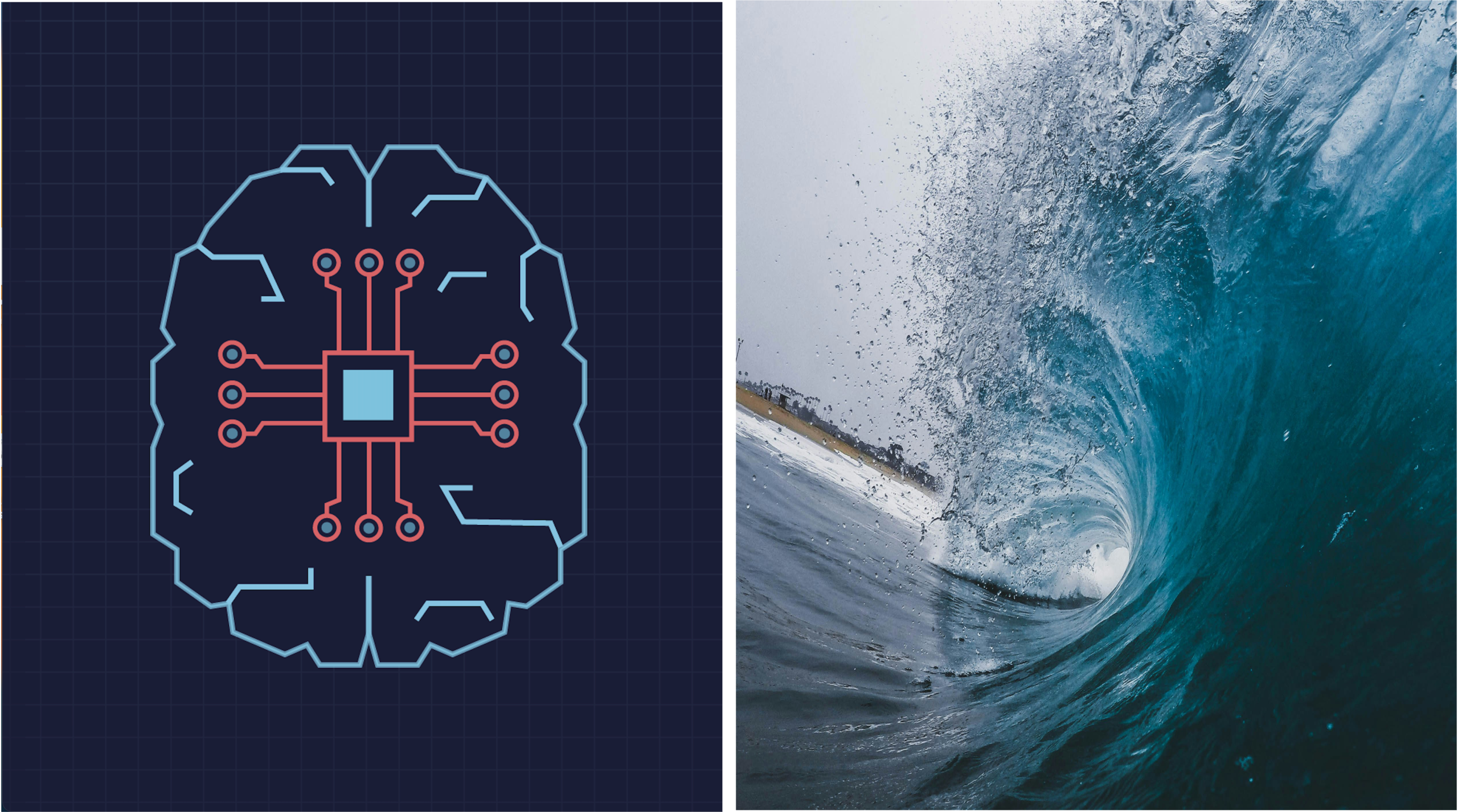
The CSC – IT Center for Science has launched on 2 April 2025 one of the first European Artificial Intelligence factories, or AI Factories, an ambitious effort of the European Commission’s DG CNECT that leverages the computing capacity of the EuroHPC Joint Undertaking to boost European AI capabilities. Director for Destination Earth (DestinE) at the European Centre for Medium-Range Weather Forecasts (ECMWF) Irina Sandu, delivered a keynote speech on “Redefining Climate Action: The Power of Digital Twins and AI Factories” at the launch event.
The Destination Earth and AI factories initiatives of the European Commission will support European efforts to respond and adapt to the growing challenges related to climate change and extreme weather. AI is revolutionising weather and climate modelling, providing faster and less computational expensive models, as well as new ways to enhance the usability of weather and climate data. Combining AI-based solutions with existing predictive capabilities at national or European level, as well as with the Digital Twins developed in DestinE, will significantly enhance our ability to understand, anticipate and adapt to climate and extreme events challenges.
The LUMI AI Factory launch gathered representatives from the Finnish government, including the Minister of Science and Culture Mari-Leena Talvitie, from the CSC – IT Center for Science, hosting the LUMI supercomputer and the new AI factory and from scientific and industry communities. The AI Factories are set up as part of the European Commission’s strategic objective to boost artificial intelligence innovation in Europe, in partnership with European Member States.
“An AI factory is a three-way platform where extreme scale computing, access to data and competence comes together for the development of trustworthy AI,” said Pekka Manninen, Director of LUMI AI Factory at CSC – IT Center for Science. “Our LUMI AI Factory is the biggest of these AI Factories so far in terms of budget and partners involved and we want to create a comprehensive service infrastructure when it comes to AI. We are going to build an AI-optimised successor supercomputer for LUMI but also, we are running services on the current LUMI supercomputer, meaning we can start the work for the AI factory from today.”
In her keynote address, Irina Sandu welcomed the launch of the LUMI AI Factory and the broader European AI Factories initiative, highlighting their potential to significantly strengthen Europe’s ability to respond to climate-related challenges.

She began by recalling the growing urgency of climate change and the increasing frequency and severity of extreme weather events. In this context, she noted, the ability to combine cutting-edge physics-based Earth system simulation capabilities with AI-driven innovation is no longer a luxury—but a necessity.
“We are entering a new phase,” she said, “where digital twins and AI can work hand-in-hand to help us better anticipate, understand and respond to complex risks in a rapidly changing climate.”
Irina Sandu then introduced the ongoing development of the first two DestinE Digital Twins: the Weather-Induced Extremes Digital Twin (Extremes DT) and the Climate Change Adaptation Digital Twin (Climate DT)—which set up capability to simulate ‘what-if’ scenarios, while producing global data with unprecedented spatial and temporal resolution.
The Director for DestinE at ECMWF explained how the EuroHPC ecosystem, along with the Europe’s strong tradition of collaboration in science and technology, enables the generation of rich datasets in the framework of the digital twins – data which will help build the next generation of AI-based models. She highlighted the many ongoing AI activities in this direction at ECMWF, in our Member States, as well as in the context of the second phase of DestinE. The next steps are leveraging the AI Factories capabilities further to transform raw climate data into climate information and enhance interactivity and the reliability of the simulations.
This will help produce tailored information for, for example, future urban planning, or making informed decisions in the energy or agriculture sectors.
“We have the data, we have the compute, we have the talent, and we have a very strong network of collaboration in Europe. This is where Europe really has a lead,” concluded Irina Sandu. “Now we have the AI factories, which open new opportunities for supporting Member States to better respond and adapt to climate change.”
The event featured representatives from other areas that highlighted the challenges and opportunities brought by the AI factories for accelerating European AI for various domains, such as medicine.
Watch the replay on the event page.
The LUMI AI Factory is a pioneering AI solution integrating world-class computing power, high-value data and top-tier European talent. The LUMI AI Factory will act as a state-of-the-art expert support center and hub offering European companies and researchers a comprehensive innovation environment offering unmatched support for AI-driven projects.
The factory will leverage advancements in simulation and AI to drive innovation in digital twins and AI for science across key focus areas, including climate and weather, materials technology, and language. The LUMI AI Factory serves as a joint platform and accelerator for research development innovation (RDI) activities by companies, research groups and public actors. This pioneering service infrastructure has a broad from a consortium including Czechia, Denmark, Estonia, Finland, Norway, and Poland. The LUMI AI Factory will be hosted at CSC – IT Center for Science.
In December 2024, the EuroHPC JU selected seven consortia to establish the first AI Factories in Europe, as part of a broader effort to create a robust European ecosystem. The seven AI Factories involve 15 Member States and 2 EuroHPC participating States: Portugal, Romania and Türkiye have joined Spain; Austria and Slovenia have joined Italy; and Czechia, Denmark, Estonia, Norway and Poland have joined Finland.
In March 2025 the EuroHPC announced the selection of six new AI Factories located in Austria, Bulgaria, France, Germany, Poland, and Slovenia.

Destination Earth is a European Union funded initiative launched in 2022, with the aim to build a digital replica of the Earth system by 2030. The initiative is being jointly implemented by three entrusted entities: the European Centre for Medium-Range Weather Forecasts (ECMWF) responsible for the creation of the first two ‘digital twins’ and the ‘Digital Twin Engine’, the European Space Agency (ESA) responsible for building the ‘Core Service Platform’, and the European Organisation for the Exploitation of Meteorological Satellites (EUMETSAT), responsible for the creation of the ‘Data Lake’.
We acknowledge the EuroHPC Joint Undertaking for awarding this project strategic access to the EuroHPC supercomputers LUMI, hosted by CSC (Finland) and the LUMI consortium, Marenostrum5, hosted by BSC (Spain) Leonardo, hosted by Cineca (Italy) and MeluXina, hosted by LuxProvide (Luxembourg) through a EuroHPC Special Access call.
More information about Destination Earth is on the Destination Earth website and the EU Commission website.
For more information about ECMWF’s role visit ecmwf.int/DestinE
For any questions related to the role of ECMWF in Destination Earth, please use the following email links:


